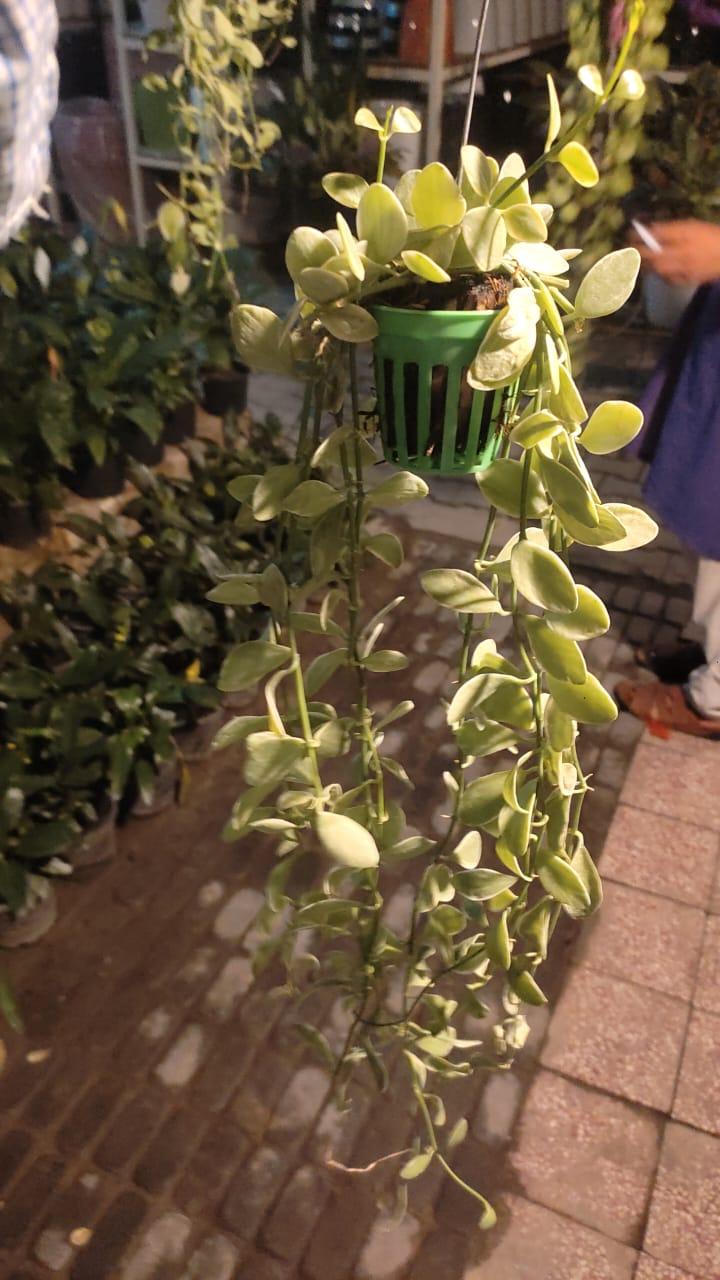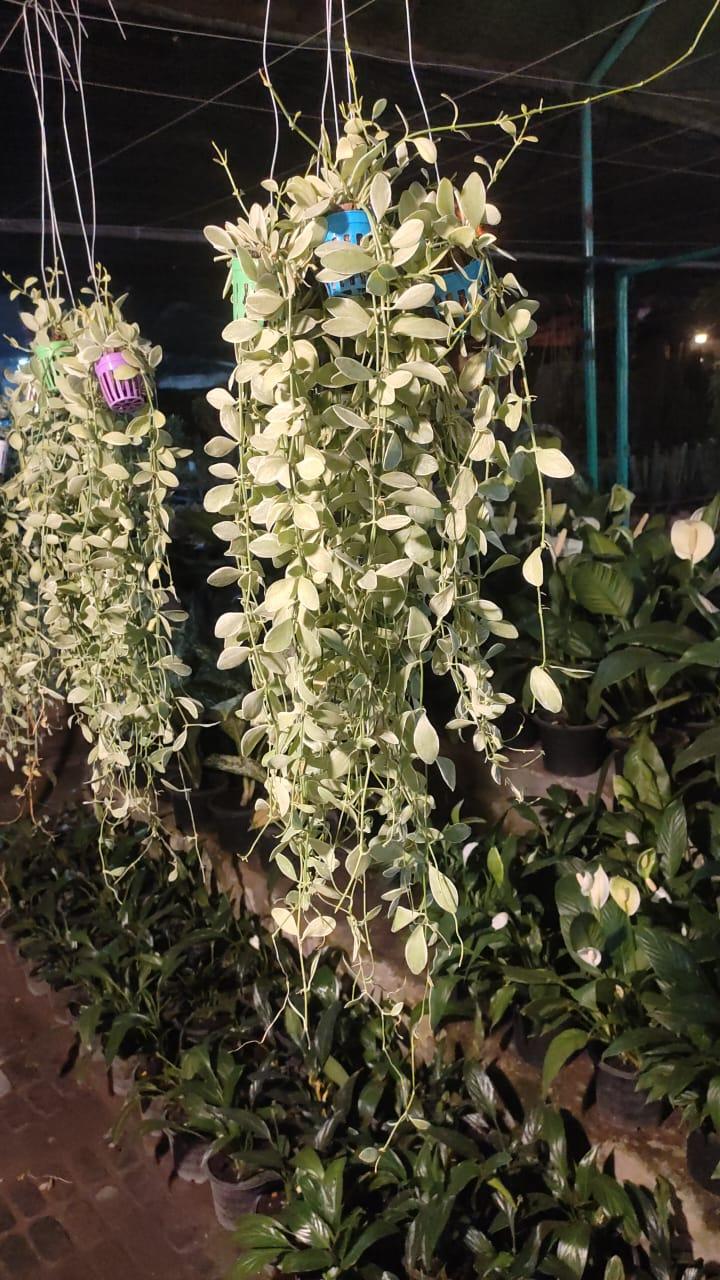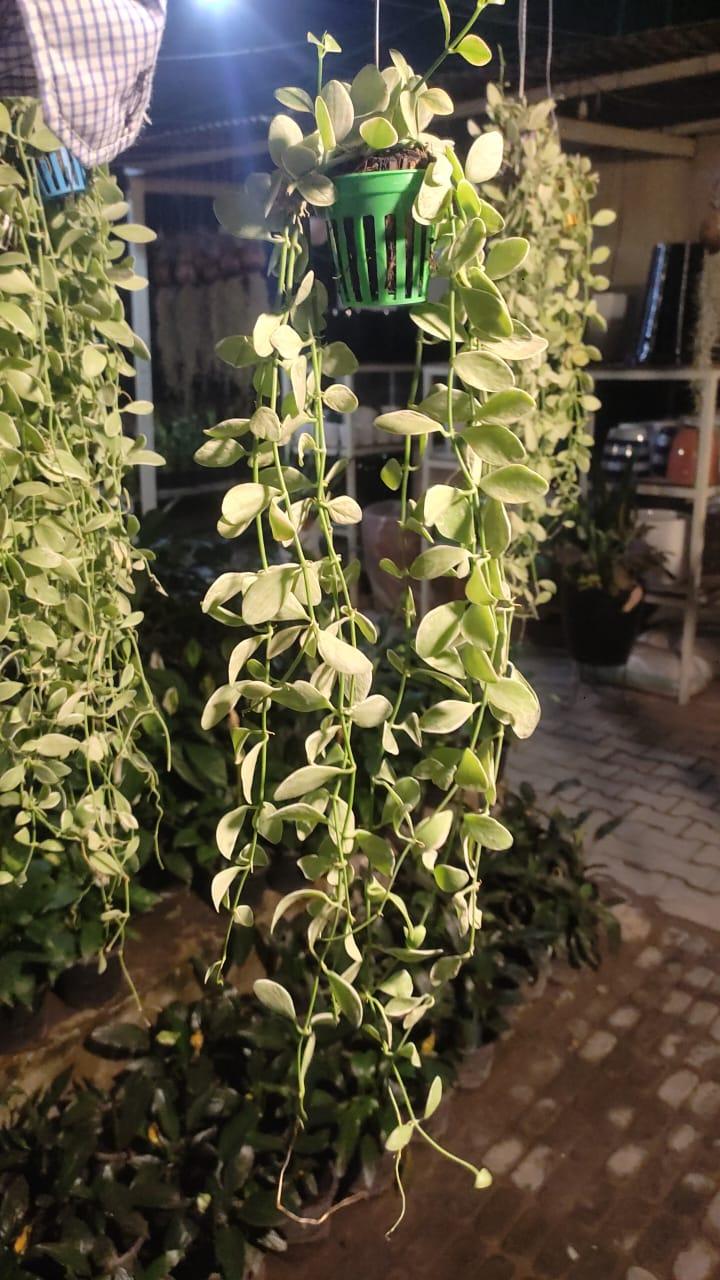Dischidia: The Ultimate Guide to Growing and Caring for the Perfect Houseplant
Dischidia, a fascinating genus of epiphytic plants in the Apocynaceae family, continues to grow in popularity among plant enthusiasts and indoor gardeners. Native to the tropical and subtropical regions of Southeast Asia, Dischidia species are known for their unique and varied growth habits, making them a great addition to any houseplant collection. In this comprehensive guide, we’ll explore everything you need to know about Dischidia, including its origins, varieties, care requirements and tips for healthy growth.
Origin and Habitat
Discidia plants are found mainly in the rainforests of Southeast Asia, including Malaysia, Indonesia and the Philippines. These plants are usually epiphytic, which means they grow on other plants or surfaces and receive moisture and nutrients from the air and rain. This natural adaptation allows them to thrive in humid environments with good air circulation, making them ideal candidates for growing indoors.
Varieties of Diskidia
There are several popular species of Diskidia, each with its own unique characteristics. Here are some notable varieties:
1. Dischidia nummularia: Commonly known as “button orchid” or “nickel bird”, it has small round fleshy leaves that thin out. , trailing stems. Its compact growth habit makes it ideal for hanging baskets.
2. Dischidia ruscifolia: The species known as “Million Hearts” has heart-shaped leaves arranged in pairs along the stems. It produces small white flowers that add to its charm.
3. Dischidia ovata: Often called “watermelon dischidia” because its leaves resemble the skin of a watermelon. It has trailing stems that can grow quite tall, making it an excellent choice for shelves or hanging pots.
4. Dischidia pectenoides: Also known as the “ant plant”, it has tubular bag-like leaves that provide shelter to ants in their natural habitat. A symbiotic relationship benefits both plants and ants.
Dischidia Plant Care Requirements
Although Dischidia plants require relatively little care, proper care will ensure that they thrive and grow beautifully. Here are some important care tips:
Light
Dischidia plants like bright, indirect light. They tolerate direct sunlight, especially in the morning or late afternoon, but too much direct sunlight can burn their leaves. A north or east window is ideal, or you can use curtains to diffuse the light if you place them in a south or west window.
Watering
As epiphytes, Discidia plants have adapted to dry times in their natural habitat. They prefer to dry a little between watering. Water your Dischidia thoroughly to drain excess water. Avoid sitting the plant in standing water as this can cause root rot. In general, water Dischidia when the top inch of soil feels dry to the touch.
Humidity
Dischidia plants thrive in high humidity environments such as their native rainforest. Try to maintain a humidity of 60-80%. You can increase humidity by placing a humidifier nearby, watering the plant regularly or placing a shallow tray full of water and stones under the pot to create a humid microclimate.
Temperature
These tropical plants like warm temperatures, preferably 15-29 °C (60-85 °F). They are sensitive to cold drafts and sudden temperature changes, so avoid placing them near windows or doors that could expose them to cold air.
Soil
Dischidia plants need a well-draining potting mix to mimic their natural epiphytic growing conditions. Orchid mix or a combination of peat moss, perlite and bark works well. Make sure the planting medium allows for good air flow and does not retain excess moisture.
Fertilization
Feed your Dischidia plant with a balanced water-soluble fertilizer diluted in half every four to six weeks during the growing season (spring and summer). Reduce feeding in autumn and winter, when plant growth slows down.
Propagation
Dischidia plants can be propagated by stem cuttings. Here is a step by step for a successful deployment:
1. Select Entire Stem: Select an entire stem with multiple leaves and at least one node (where the leaves join the stem).
2. Cut the stem: Cut the stem just below the node with clean sharp scissors or clippers.
3. Prepare the plug: Remove the leaves from the bottom of the plug, leaving some on top.
4. Rooting medium: Place the cuttings in a well-draining rooting medium, such as a mixture of perlite and peat moss. Alternatively, you can root the cutting in water before transplanting it into the ground.
5. Confirm the right conditions: Keep the cutting in a warm, humid environment with bright indirect light. Mist regularly to maintain moisture.
6. Transplantation: After the cutting has developed roots (usually within a few weeks), plant it in a small pot with a suitable pot.
Common Pests and Problems
Dischidia plants are generally hardy and resistant to pests, but they can sometimes develop problems such as:
Eating Diseases: These pests are white . . , cotton mass on leaves and stem. Remove them with a cotton swab dipped in alcohol.
Spiders: These little pests create fine webs on the plant. Add moisture and use insecticidal soap to control infestation.
Root Rot: Overwatering can cause root rot. Ensure adequate drainage and do not let the plant sit in water.
Summary
Dischidia plants are an exciting addition to any indoor garden, offering unique foliage and growth habits that stand out from the rest. Due to their relatively simple maintenance requirements and stunning appearance, they are perfect for both beginners and experienced plant enthusiasts. By ensuring the right light, humidity and watering, you can enjoy the beauty of Dischidia plants in your home for years to come.
Checkout our variety of exotic plants here : https://boota.pk/exotic-plants/
To learn more about your favourite plants, check our YouTube channel : https://www.youtube.com/@boota4474







Reviews
There are no reviews yet.